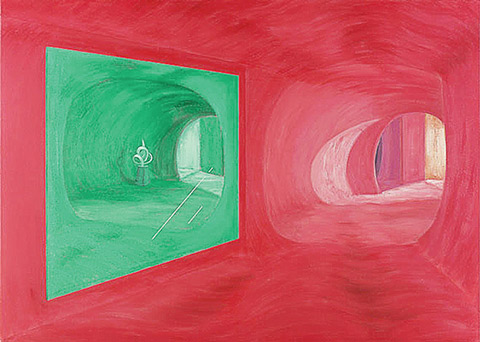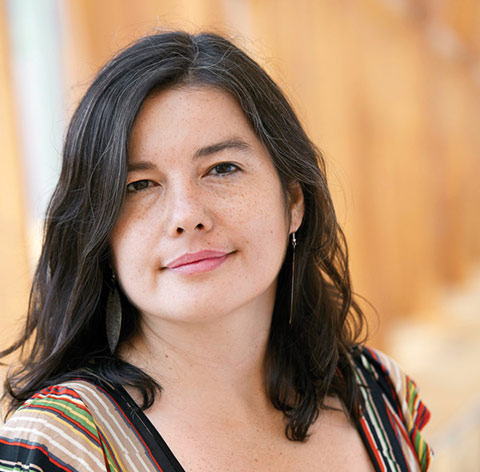At the Art Gallery of Ontario, it is not uncommon to encounter someone reading an artwork’s wall text in hunched concentration, shooting glances at the work itself.
For the AGO’s first curator of Indigenous art, Wanda Nanibush (Master of Visual Studies, 2012), that interpretative text is a vital way to help viewers access each work and link it to other things. In her inaugural exhibition, Toronto: Tributes + Tributaries, 1971–1989, Nanibush commissioned wall texts in Anishinaabemowin as well as French and English. “It’s a way to mark Toronto as Indigenous territory,” she says. The exhibition brings together work by 65 artists and collectives in Toronto from the ’70s and ’80s, focusing on an experimental time in the city’s art scene.
As the assistant curator of Canadian and Indigenous art, Nanibush is informed by thoughtful integration as she plans to expand the collection’s range and involve artists who have historically been overlooked. “I pay attention to diversity,” says Nanibush, who is Anishinaabe, from Beausoleil First Nation. “It’s not always the quality of the work that determines if an artist is overlooked. Power has a lot to do with the making of great artists. Racism, colonialism, sexism and homophobia have led to the exclusion of some.”
Wanda Nanibush recommends these artists:
“One of the videos in the exhibition is Lisa Steele’s Birthday Suit with scars and defects, where she points out every scar on her naked body for the camera.”
“We have a big Jayce Salloum installation from the ’80s called The Ascent of Man, which chronicles the relationship between masculinity and the development of history and society.”
“Jamelie Hassan has a work dealing with the anthropological gaze, especially directed at Indigenous women and children. She brings back the feeling of those who were being catalogued by [20th-century anthropologist] Lévi-Strauss, blowing up his photos. It gives them life and pushes back against anthropology’s objectification of Indigenous people.”






